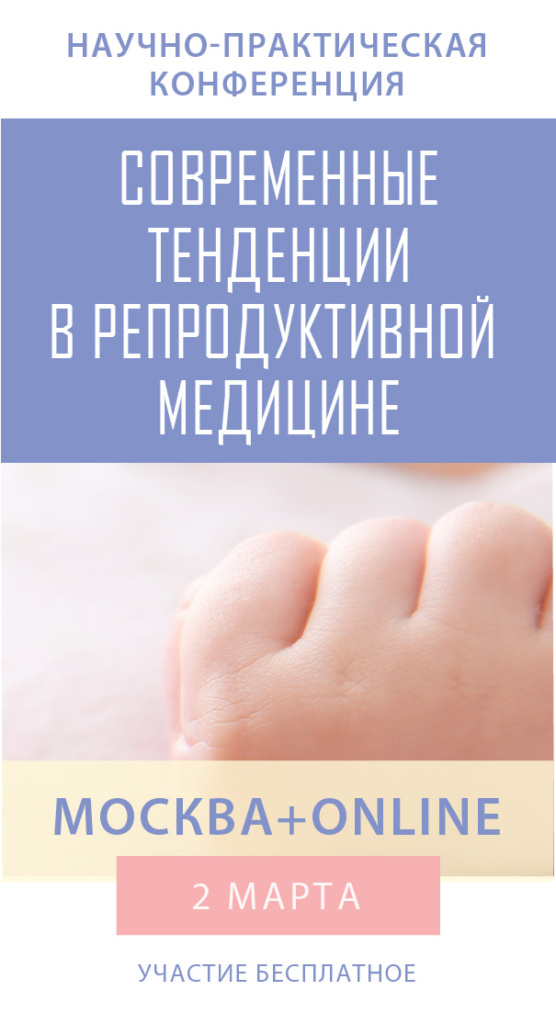Diet and fertility: a review

The literature on the relationship between diet and human fertility has greatly expanded over the last decade, resulting in the identification of a few clear patterns. Intake of supplemental folic acid, particularly at doses higher than those recommended for the prevention of neural tube defects, has been consistently related to lower frequency...
- Далее -What is the real “price” of more prenatal screening and fewer diagnostic procedures? Costs and trade offs in the genomic era
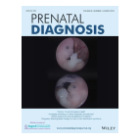
Any screening approach, including with cell free DNA, will have an inferior detection rate compared with 100% diagnostic testing with chromosomal microarrays. Cell free DNA based screening, however, should not be seen as a threat to informed choice or maximising the benefits of diagnostic testing. Screening methods have become so much better that more women...
- Далее -Prevention of Obesity and Diabetes in Pregnancy: Is it an impossible dream?

The obesity and diabetes epidemic is an unintended consequence of economic, social and technological changes. In non-pregnancy, people identified as high risk to develop type 2 diabetes may delay progression by 30 to 70% with lifestyle interventions and pharmacological agents. In pregnancy, lifestyle interventions has been the primary focus...
- Далее -Treatment of vaginal atrophy with estriol and lactobacilli combination: a clinical review
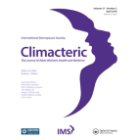
In recent years, a vast quantity of clinical data has been accumulated on the pathophysiology of symptomatic vulvovaginal atrophy (VVA)/genitourinary syndrome of menopause (GSM) in peri- and postmenopausal women and on the treatment options for these conditions. Guidelines from several societies have recently been updated in favor of VVA/GSM...
- Далее -Migraine, hormones and the menopausal transition

Migraine is a common, disabling and incapacitating headache disorder that may be triggered by many factors, such as hormones especially during the perimenopausal period, where large alterations in estradiol levels can occur. The evidence implies that hormonal fluctuations are one of the important triggers of migraine. During reproductive life and...
- Далее -Interpretation of Medical Findings in Suspected Child Sexual Abuse: An Update for 2018
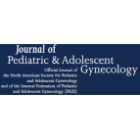
Most sexually abused children will not have signs of genital or anal injury, especially when examined nonacutely. A recent study reported that only 2.2% (26 of 1160) of sexually abused girls examined nonacutely had diagnostic physical findings, whereas among those examined acutely, the prevalence of injuries was 21.4% (73 of 340). It is important...
- Далее -Current Recommended Vitamin D Prenatal Supplementation and Fetal Growth: Results From the China—Anhui Birth Cohort Study
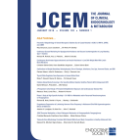
Context Maternal vitamin D insufficiency has been associated with fetal growth restriction. However, the effect of maternal vitamin D supplementation on fetal growth has not been confirmed. Objective To assess the effect of maternal vitamin D supplementation recommended by the Institute of Medicine (IOM) during pregnancy on the neonatal vitamin D status and...
- Далее -Management of sexuality, intimacy, and menopause symptoms in patients with ovarian cancer
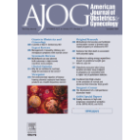
Issues of sexuality, intimacy, and early menopause significantly impact the quality of life of patients following the diagnosis and treatment of ovarian cancer. These are undertreated problems. Successful treatment requires the provider’s awareness of the problem, ability to identify it, and willingness to treat it. Unfortunately many providers...
- Далее -Menopausal hormone therapy: a better and safer future

Major advances in menopause hormone therapy (MHT) hold promise in the future of better and safer care for women at and after the menopause. The principal advances are: (1) the critical window or ‘window of opportunity’ in the 10 years or so after the menopause, during which the benefits of MHT in healthy women exceed any risks; (2) use...
- Далее -Melatonin concentration in follicular fluid is correlated with antral follicle count (AFC) and in vitro fertilization (IVF) outcomes in women undergoing assisted reproductive technology (ART) procedures
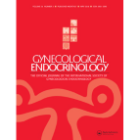
The aim of the present study was to evaluate the possible relationship between melatonin levels in the follicular fluid (FF) and in vitro fertilization (IVF) outcomes in women undergoing assisted reproductive treatment. Sixty-three females (20 to 40 years old) scheduled for IVF were divided into three groups based on their antral follicle count...
- Далее -




